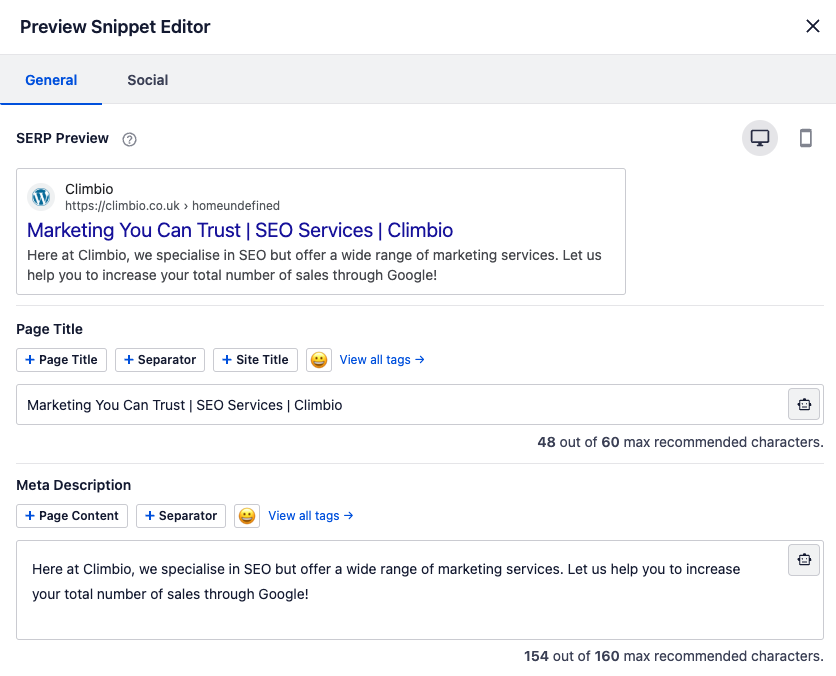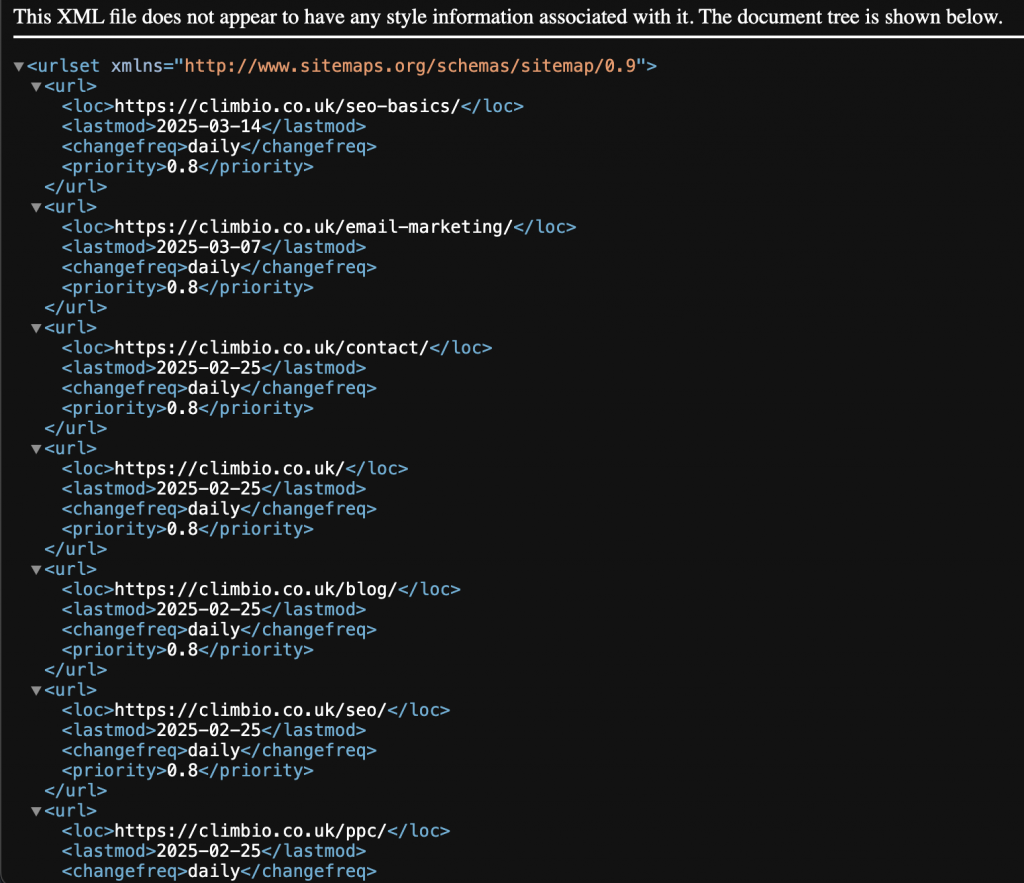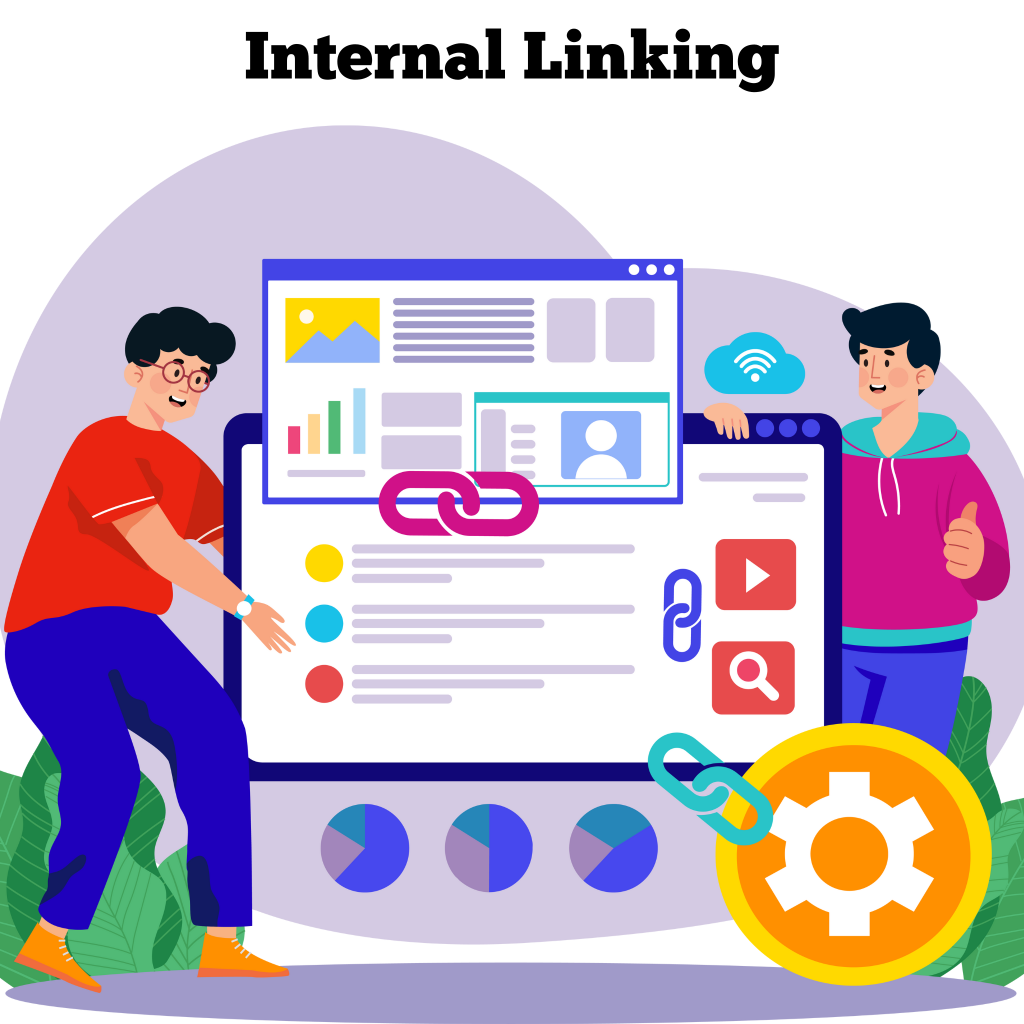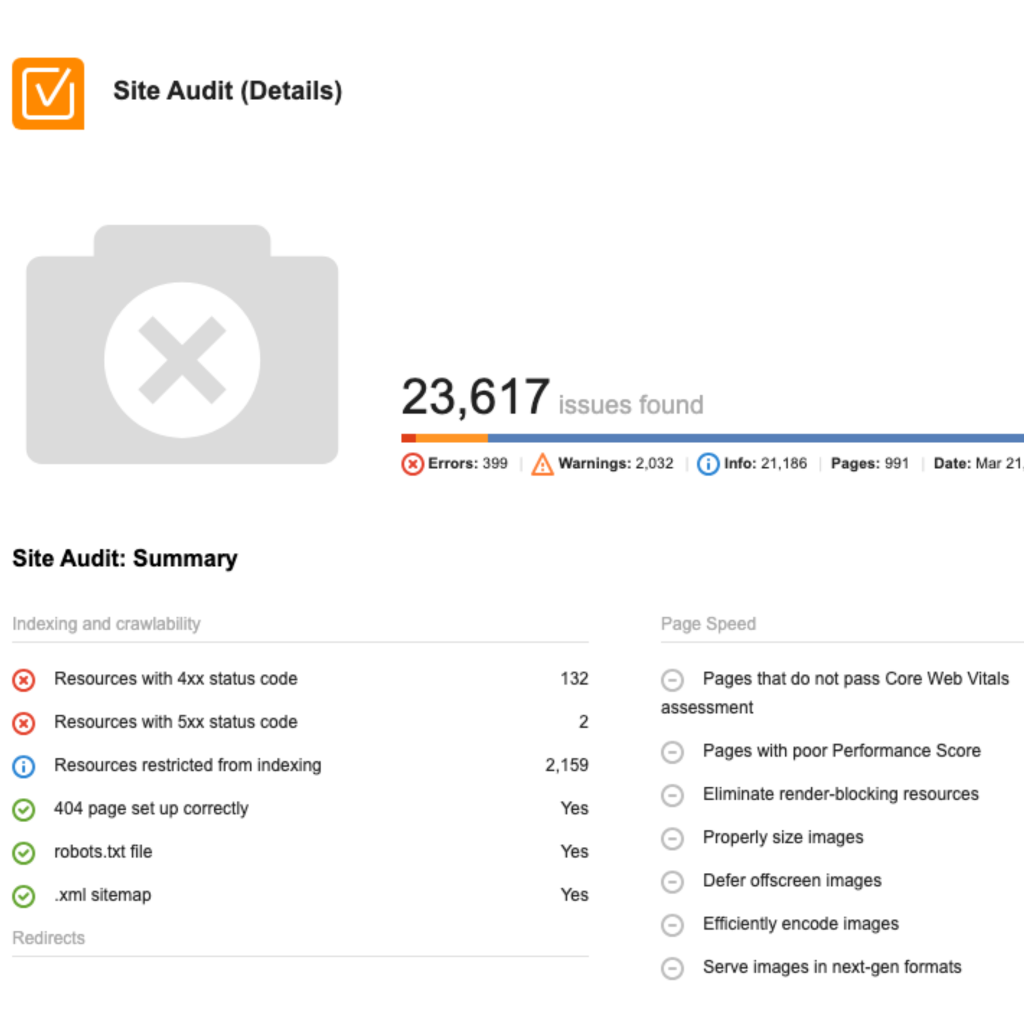Search engine optimisation (SEO) best practices are proven methods to enhance your visibility in search engines like Google.
The Importance of Keywords Throughout Your Content
Keywords are relevant search terms that you want your page to rank for. Strategically incorporating them into your content can improve your search ranking.
Essentially, if keywords appear naturally within the content, search engines perceive the page as more relevant.
Avoid forcing keywords into your content where they do not fit, as this can make your site appear spammy to both search engines and users, ultimately harming your SEO.
You can brainstorm keywords yourself or check Google’s search suggestions for inspiration. However, using keyword research tools is generally more effective. These tools can help you:
- Discover keywords you may not have considered
- Prioritise keywords based on popularity
- Identify keywords you have a strong chance of ranking for
You can use Google Keyword Planner to search for keywords. Alternatively, Semrush’s Keyword Magic Tool offers additional metrics and insights. This includes the Personal Keyword Difficulty (PKD %) metric, which indicates how hard it will be to rank in Google’s top 10 results for a given keyword.
To ensure a keyword is relevant to your page, review the top-ranking results in Google. This provides insight into search intent (what users are looking for), which is crucial for achieving high rankings.
Create Bespoke Title Tags

Each page should have a unique title tag (off-page title) to help search engines understand its content and rank it accordingly.
Title tags should also be written with users in mind, as they appear in:
- Browser tabs
- Social media link previews
- Search engine results pages
Some website editors allow easy modification of title tags. If yours does not, consider using a plugin such as Yoast SEO, which provides a designated “SEO title” field.
Ensure your title tag accurately represents your content and is under 60 characters to prevent truncation in search results. Place your most important keyword near the beginning to increase visibility.
For instance, the title of this page is “Best SEO Practices | SEO Services Stoke-on-Trent | Climbio” with the primary keyword being “Best SEO Practices”
Correct Use of Heading Tags
HTML heading tags help search engines and users understand the structure of your pages.
Most word processors and website editors allow you to apply headings easily. Each page should have a single <h1> tag for the main heading, which should closely match the title tag to avoid confusion.
Subheadings should be used to break up text into sections. Apply <h2> and <h3> tags hierarchically, like this:
<h1>Main Heading</h1>
<h2>Subheading</h2>
<h3>Sub-subheading</h3>While <h4>, <h5>, and <h6> tags can be used, excessive levels may make content harder to follow.
Submitting an XML Sitemap

An XML sitemap informs Google which pages should be indexed in its database.
Many platforms, such as WordPress and Wix, generate sitemaps automatically. If yours does not, use a sitemap generator tool. Ensure your sitemap:
- Includes all indexable pages
- Excludes non-indexable pages (e.g., staging site pages, order confirmation pages)
Once your XML sitemap is ready, submit it via Google Search Console.
Internal Linking

Internal linking improves site navigation for both search engines and users.
Look for opportunities to link relevant pages within your content. For instance:
- If you mention a product in a blog post, link to its product page.
- If you write a new post on a topic, add links to it from older related posts.
Use descriptive anchor text (clickable text) that naturally describes the linked page. Absolute URLs (e.g., https://www.example.com/page) are preferred over relative URLs (e.g., /page) for better SEO.
Building Backlinks and Their Importance
Backlinks (links from other sites) are valuable for SEO, as they indicate that your content is authoritative and useful.
The best backlinks come from reputable, relevant websites. Effective link-building tactics include:
- Link baiting: Creating high-quality content that other websites reference
- Skyscraper technique: Improving upon existing popular content and requesting links to your version
- Broken link building: Finding broken links on other sites and suggesting your content as a replacement
- Brand mentions: Requesting links for unlinked references to your brand
Be mindful of Google’s spam policies, as manipulative practices like buying backlinks can be detrimental.
Edit Images for Correct SEO Practices
Image optimisation improves website speed, accessibility, and search visibility.
- Resize and compress images to reduce load times without compromising quality.
- Add descriptive alt text (image descriptions) for search engines and screen readers.
For instance, an appropriate alt text for an image of a black Lurcher lying on fallen leaves might be: “Black Lurcher resting on autumn leaves.”
Write Relevant and Helpful Content

Publishing valuable, audience-focused content enhances your website’s authority and search rankings.
To create helpful content:
- Focus on topics within your expertise
- Write for your audience, not search engines
- Use credible sources and verify information
- Offer original insights to differentiate your content
- Ensure readability, depth, and visual appeal
Avoid publishing irrelevant or low-quality content, as this can harm your site’s credibility. Regularly review your website to ensure all content meets Google’s helpful content standards.
Focus on the User Experience
A well-optimised user experience (UX) makes your website safer, faster, and more enjoyable to use. Since Google prioritises sites that offer good UX, consider the following:
- Use HTTPS encryption for security
- Optimise site speed by refining code and selecting reliable hosting
- Ensure mobile-friendliness through responsive design and appropriate font sizes
- Build a clear, logical site structure with intuitive navigation
- Avoid intrusive ads that disrupt the user experience
Many of these SEO best practices also contribute to a better UX.
Carry Out Technical Audits to Address and Fix Underlying Issues

Regular technical SEO audits identify issues that may negatively affect search rankings.
Tools such as Semrush’s Site Audit can automate these checks and categorise issues as Errors, Warnings, or Notices, making it easier to prioritise fixes.
By staying proactive with audits, you can maintain an SEO-friendly website and improve your search performance.
By following these SEO best practices, you can enhance your website’s visibility and rankings in search results, ultimately driving more traffic and engagement.
